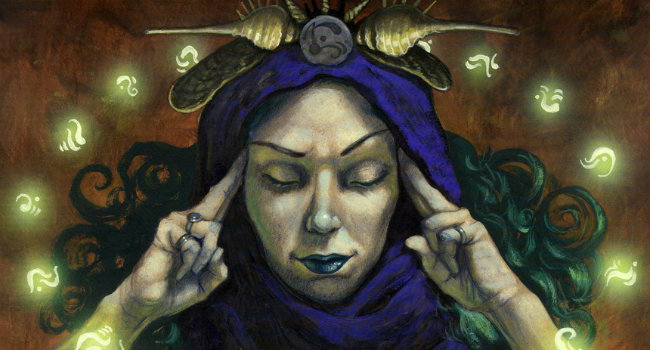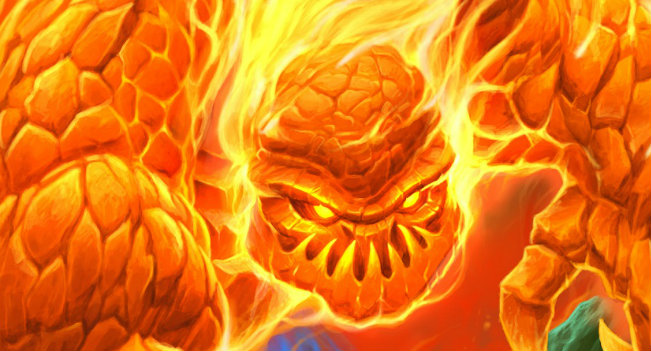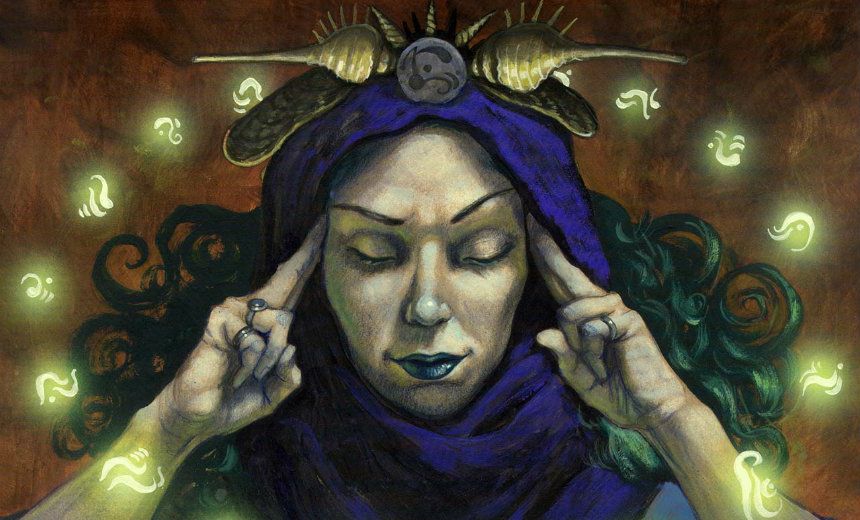
Hearthstone has borrowed a lot from other CCGs, but there is always more to learn. Here are a few issues Hearthstone should improve on in 2018.
Last week, my colleague Sumadin wrote a fascinating article comparing Hearthstone and Yu-gi-oh’s latest online client, Duel Links. As a long time Magic player, I’ve have heard plenty of comparisons between the game that started the trading card game boom in the 90’s and the Blizzard game that started the online TCG boom of right now. But Yu-gi-oh was unfamiliar to me and it was interesting to see another take on the Hearthstone vs Classic CCG comparisons that are so ubiquitous.
I have never played Yu-gi-oh. I played a little bit of Pokemon when it first came out but quickly moved onto Magic as a vastly superior game. The thing is, though, a lot of Magic’s problems in the current era of online CCGs are shared with Yu-gi-oh, according to Sumadin’s article.
We all know that Hearthstone is, in a lot of ways, Magic-lite. It is generally less complicated (though not always), less interactive and more random. These are stated as fact by many people who have played both games, basically truisms at this point in time. And yet Hearthstone’s player base blows Magic’s out of the water, at least online. Some of it can be put down to exactly that simplicity making the game more appealing on the surface level, but that is too simple and does Blizzard a huge disservice. Hearthstone is not only more accessible because it’s simpler, it is also just a better, more-polished experience than Magic Online.
With Wizards of The Coast recently launching the beta of its latest attempt at an accessible version of Magic, this seems like a perfect time to discuss what it can learn from Hearthstone. Alas, Magic Arena is still under NDA (and it also just straight up won’t work for me – not a great start). Instead, I’ll talk about what Hearthstone can learn from Magic. In fairness most of the “what Magic can learn from Hearthstone” section would be about aesthetics and UI design anyway.
Formats
Currently Hearthstone only has two real ways to play: arena and ladder. I would love to see Blizzard incorporate more ways to play the game. Magic Online supports several, though not all, of the myriad play styles available in “real Magic”.
My favourite of these is called drafting. For those that don’t know, this was the inspiration for Arena in Hearthstone. Eight players receive three unopened boosters. They start by opening one pack, picking a single card, then passing the pack left, around the table, until all cards from the first cycle of packs are gone. The same goes for the following two packs, leaving each player with a 45 card pool, from which you play best 23-ish (along with 17 lands, provided by the client).
Obviously, this can’t be ported directly from Magic. For one thing, Hearthstone boosters are only five cards. Further, one of the advantages of Arena is the ability to play your games whenever you like. You aren’t drafting against other people, merely a random “pack” generator. Magic Online gets around this by requiring you to have eight people for the draft portion, but allowing you to play games against anyone who has drafted a deck in the same format at any time. It’s a little inelegant, but a necessary evil which works fine in practice.

At the very least, Hearthstone should allow you to draft more than 30 cards and toss the worst ones. This issue was thrown into a glaring spotlight recently due the controversial “synergy picks” and it seems easy to implement. With 40 or so cards you can take your chances picking a powerful elemental or murloc without being punished when it doesn’t pay off. All it needs is an additional “deck building” page in the client, but how hard can that be?
Another easy inclusion, and potentially a big money maker for Blizzard, is Sealed. This could be ported wholesale from Magic with few changes. In Sealed, a player receives six packs – 90 cards in total – and is asked to build a 40-card deck from there. Simple. The numbers would need tweaking for Hearthstone, of course, but other than that it seems like an easy addition. It would make buying packs much more appealing if you could actually do something except for opening them and hoping for the best.
Last but not least, while Hearthstone is massively, massively more affordable than Magic the new player experience is very poor. The changes to ranked play may help that, but they won’t stop it completely. The cards you start with after finishing the tutorial are just not very good and it takes a long time and a lot of money to come anywhere near the collection of a veteran player.
The solution? Pauper.
This is one of the topics du jour in Magic right now. Pauper is a format which only allows you to play with cards printed at the common rarity. In theory (though not necessarily in practice), Pauper is a great way to level the financial playing field. Commons are easy to come by. Everyone has them and even if they don’t, they cost (again, in theory) pennies.
Of course, in Magic, the older commons have skyrocketed in price due to their scarcity, but Hearthstone doesn’t have this problem. A common is always worth a set amount of dust, regardless of age. There are certainly enough playable commons in Hearthstone’s history to make this an enjoyable format by now.
It’s great for new players who don’t have the resources to craft deathknights and legendary weapons, that’s a given but it’s great for veterans too. Pauper plays differently enough to regular Magic that it feels unique. It’s an interesting deckbuilding puzzle which isn’t solved by cramming legends and epics. In these days of escalating costs, Pauper could breathe new life into a game whose design philosophies are starting to catch up with its playerbase’s ability to pay for them.
Finishing Up
The last thing I hope Hearthstone might learn from Magic is an ongoing problem in both games. Interactivity. Magic has had a problem with this in its recent Ixalan set, where removal was massively out-scaled by difficult to interact with creatures. So far Hearthstone has done a pretty good job of balancing this, though with a clear bias towards minions. Conceal was nerfed for this reason, as was Force of Nature. Powerful effects which can’t be interacted with simply aren’t fun. I’m looking at you Quests.
Jade Druid and Deathknights – especially Anduin – have been worrying signs that Blizzard is ignoring lessons Magic has learned time and time again. Easy access to additional mana is always problematic, be it Phyrexian mana in Magic or the hilariously un-nerfed Nourish (how is this card still considered okay?) in Hearthstone. Infinite combos you can only beat by racing are equally un-fun. Magic has Storm, Hearthstone has Jade Idol, Mill Rogue and Quest Mage. None of them are especially overpowered right now but they sure as hell are miserable to play against.
My biggest hope for Hearthstone in 2018 is that Blizzard finds a way to move away from the “ball of stats” design philosophy that seems to be prevalent now. I hope their answer isn’t to make more cards like Anduin or Kingsbanse either. On the bright side, with Dungeon Runs, they have shown a willingness to introduce new ways of playing Hearthstone. Dungeron Run was a lot of fun for a little while, but I think new formats – sealed, please! – would add a lot more longevity to the game. Pauper might do an even better job, while also making the game more beginner-friendly. It might impact on sales, but I’m not so sure. I imagine having a player rarely buying packs to maintain his pauper collection is better, financially, than the same player giving up in frustration after losing five games in a row at rank 25.

